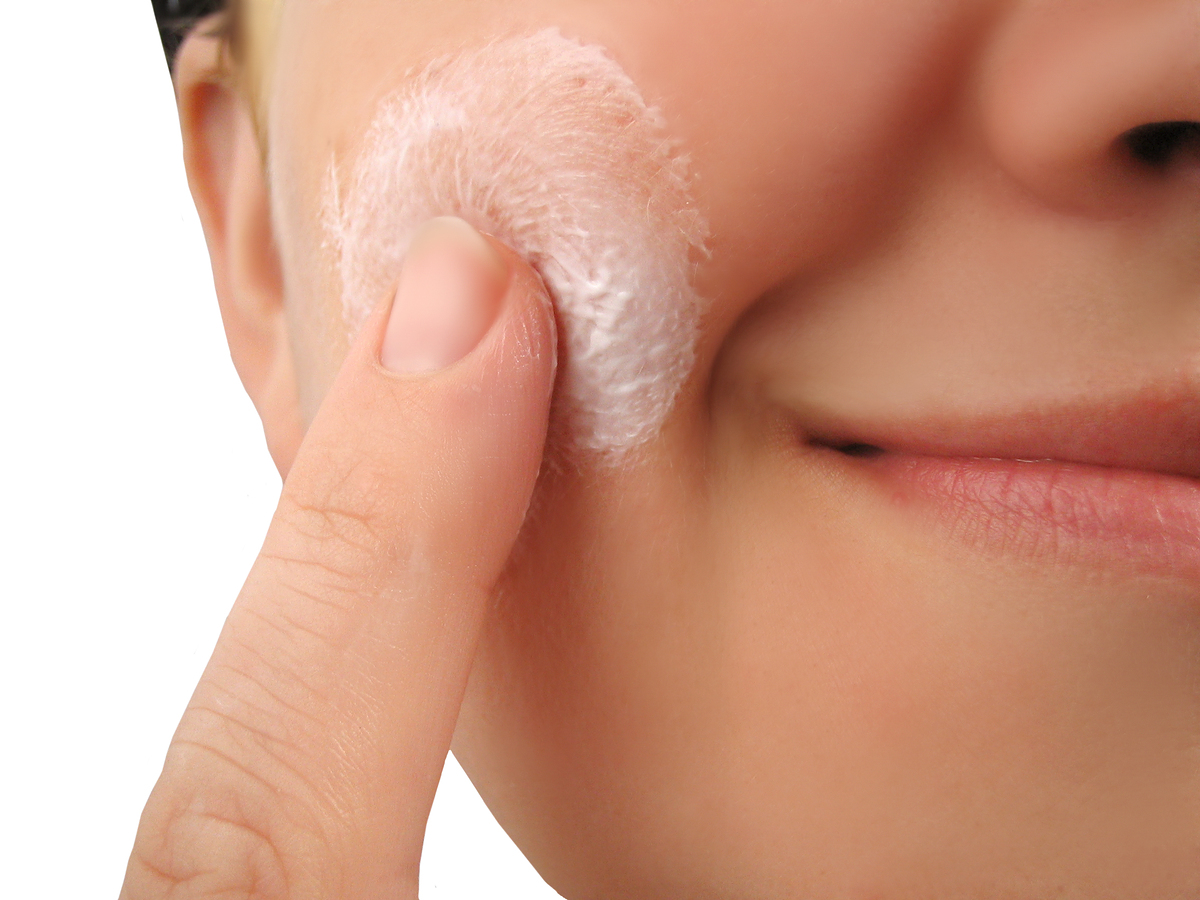There are more causes than you might expect!
Your skin is one of the best ways for your body to tell you what’s going on inside. You may not be able to watch your digestive tract break down food or your heart pump blood, but your skin will tell you if your internal organs or systems are out of whack. A lot of people with different health problems develop brown patches on skin, and there are a surprising number of things that could be causing these brown patches to form:
- Long-term sun exposure — Most people develop “age spots”, or lentigines, after long-term sun exposure. Spending a lot of time in the sun doesn’t necessarily mean you’ll get a tan, especially if your skin can’t produce melanin properly. Large clumps of melanin may form, producing brown patches on skin. They look like darker, larger freckles. If you’re not careful, excessive exposure to UV radiation can cause dark patches that may even become cancerous.
- Injuries and lesions –– If your skin is damaged by an injury or lesion, it may not quite heal completely. Scar tissue is white, but if no scar tissue forms, the skin that heals over the injury may not function normally. It may be more susceptible to dark patches forming.
- Infection –– Fungal infections can cause dark patches on the skin to form. While most fungal infections will be red or pink, there are some infections that cause patches of brown to form. Ringworm is just one of the types of infection that may be responsible for your brown patches.

READ MORE: Erasing Sun Damage and Sunspots on Skin 101
- Rash –– Rashes form as a result of many things: exposure to allergens (both internal and external), autoimmune conditions, and the list goes on. If you develop a rash, it will usually be bright red. However, some rashes can darken to a light reddish brown if left untreated.
- Seborrheic Keratosis -– This is a type of skin growth that can be unsightly, but thankfully not harmful. Often, it is multiple lesions developing on the body, and they stand out–with a thick, warty texture. They may look waxy, but they will definitely be a deep brown (though sometimes they can turn black or yellow). They tend to grow on older people, as well as those who spend a lot of time exposed to direct sunlight.
- Skin cancer –– This is DEFINITELY one you want to be aware of! Skin cancer often forms as a result of excessive exposure to UV radiation. When you absorb too much radiation, it can cause your skin cells to mutate, leading to rapid growth of mutated cells. These mutated cells can turn brown or even black, leading to large dark patches on your skin. The sad truth is that skin cancer affects as many as 20% of Americans. That’s why it’s so important to wear sunscreen to protect your skin from UV radiation!
- Pregnancy –– Pregnancy is a time when the body is undergoing A LOT of changes, particularly hormonal changes. Pregnant women often develop dark patches on their skin, thanks to the fact that their hormones are changing the way their skin produces and distributes melanin. These dark patches are rarely harmful, but there is a risk that they can become more serious. The dark patches of skin may not fade even after pregnancy, though most of them will. If you notice the formation of dark spots on your skin during your pregnancy, visit your dermatologist to be safe. It’s better to find out the truth about the patches before they turn cancerous!








